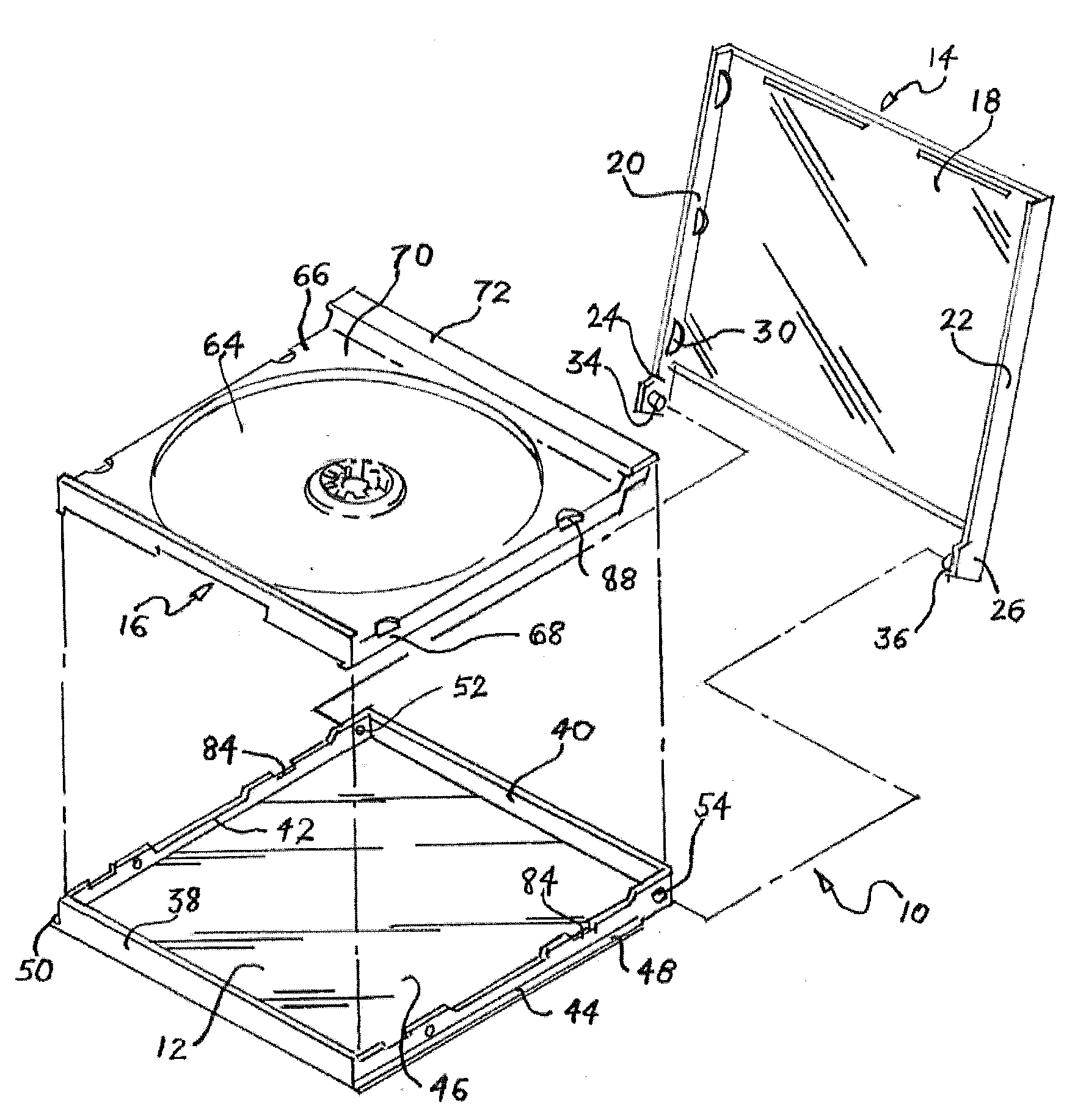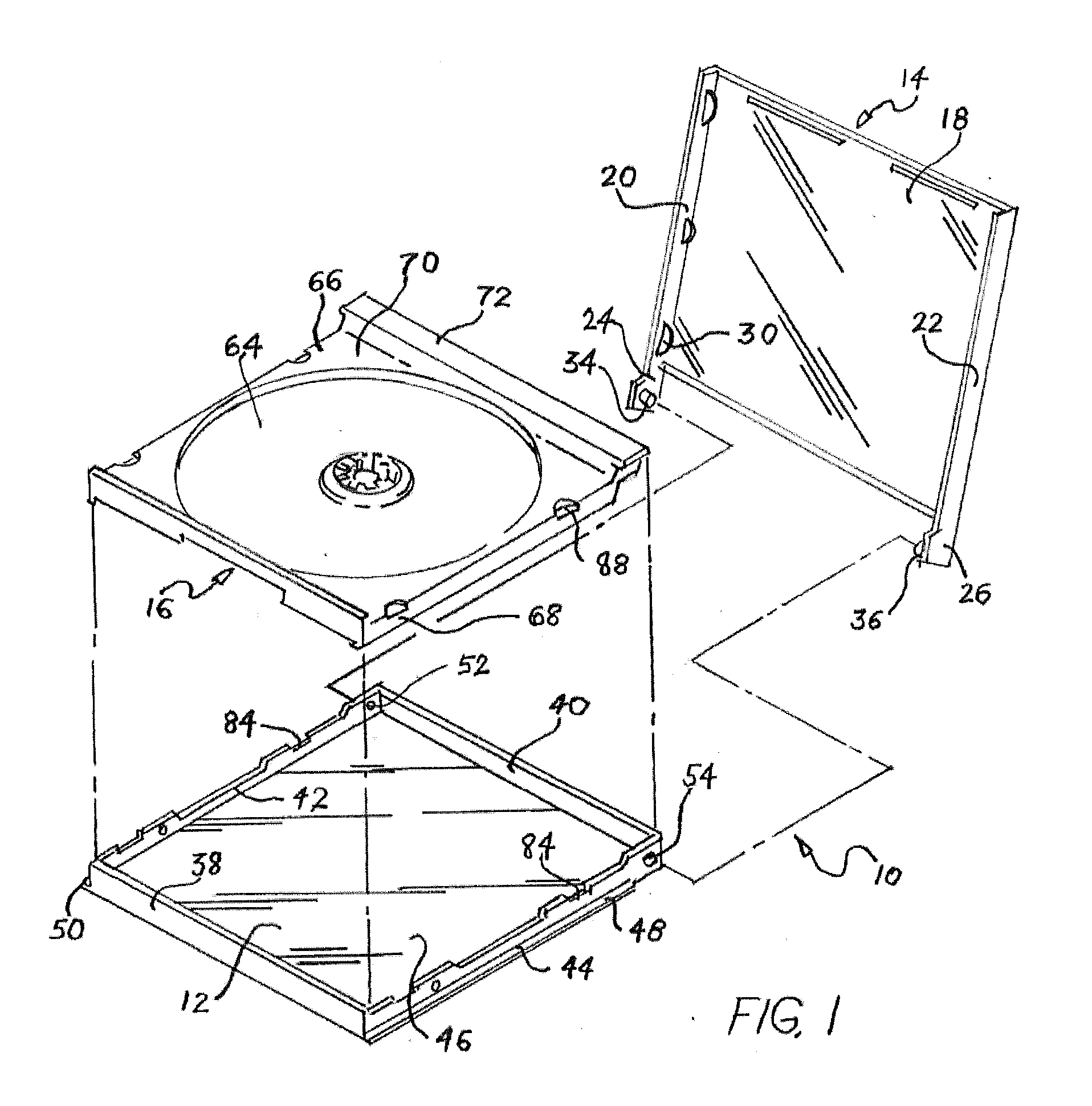Magnetic composite materials and articles containing such
a composite material and magnetic technology, applied in the field of magnetic composite materials and articles, can solve the problems of real drawbacks of barcode systems, the need for line-of-sight between the reader and the tag, and failure of systems based on their presen
- Summary
- Abstract
- Description
- Claims
- Application Information
AI Technical Summary
Benefits of technology
Problems solved by technology
Method used
Image
Examples
example 1
[0140]This example describes using mechanical milling to make highly dispersed and concentrated polymer magnetic composites according to the invention. 0.48 g of ground Polystyrene-1220 (NOVA Chemicals Inc., Pittsburgh, Pa.) and 0.0560 g of micron-sized Fe3O4 (Sigma-Aldrich, St. Louis, Mo.) was added to a stainless steel crucible containing 7 stainless steel balls, adding 7.3705 g in weight. The polystyrene and magnetic component ingredients were intimately mixed by ball milling for 8 hours. The milling operation was stopped every 15 minutes for 15 minutes and then re-started to avoid overheating the sample, as generally described in Mat. Sci. Eng. B, 113, 228-235 (2004). A polyvinyl alcohol surface modifying additive (0.1 wt. % of powder) was added to aid dispersion. An extruded sheet was formed from the resulting powder. The sheet demonstrated magnetic properties.
example 2
[0141]This example describes using mechanical milling to make highly dispersed and concentrated polymer magnetic composites according to the invention. 0.48 g of ground Polystyrene-1220 and 0.057 g of nano-sized Fe3O4 (Sigma-Aldrich, St. Louis, Mo.) was added to a stainless steel crucible containing 7 stainless steel balls, adding 7.3705 g in weight. The polystyrene and magnetic components were intimately mixed by ball milling for 8 hours. The milling operation was stopped every 15minutes for 15 minutes and then re-started to avoid overheating the sample as generally described in Mat. Sci. Eng. B, 113, 228-235 (2004). A polyvinyl alcohol surface modifying additive (0.1 wt. % of powder) was added to aid dispersion. An extruded sheet was formed from the resulting powder. The sheet demonstrated magnetic properties.
example 3
[0142]This example describes using melt compounding to make highly dispersed and concentrated polymer magnetic composites according to the invention. Melt compounding was done in a 40 g capacity Brabender single screw type six mixer. The ratio of ground polymer to magnetic powder (micron-sized or nano-sized) was 9:1. In a first sample, 36 g of Polystyrene-1220 was melt blended with 4 g of micron-sized Fe3O4. In a second sample, 36 g of Polystyrene-1220 was melt blended with 4 g of micron- sized NiFe2O4 (Sigma-Aldrich). In a third sample, 36 g of Polystyrene-1220 was melt blended with 4 g of nano-sized Fe3O4. In a fourth sample, 36 g of Polystyrene-1220 was melt blended with 4 g of nano-sized or NiFe2O4 (Sigma-Aldrich). In a fifth sample, 32 g of Polystyrene-1220 was melt blended with 4 g of micron-sized Fe3O4 and 4 g of Joncryl® ADR3205 (Johnson Polymers, The Slough, Studley, Warwickshire, United Kingdom) as a compatibilizing agent. Additional samples were prepared as in the fifth s...
PUM
| Property | Measurement | Unit |
|---|---|---|
| Percent by mass | aaaaa | aaaaa |
| Thickness | aaaaa | aaaaa |
| Thickness | aaaaa | aaaaa |
Abstract
Description
Claims
Application Information
 Login to View More
Login to View More - R&D
- Intellectual Property
- Life Sciences
- Materials
- Tech Scout
- Unparalleled Data Quality
- Higher Quality Content
- 60% Fewer Hallucinations
Browse by: Latest US Patents, China's latest patents, Technical Efficacy Thesaurus, Application Domain, Technology Topic, Popular Technical Reports.
© 2025 PatSnap. All rights reserved.Legal|Privacy policy|Modern Slavery Act Transparency Statement|Sitemap|About US| Contact US: help@patsnap.com


